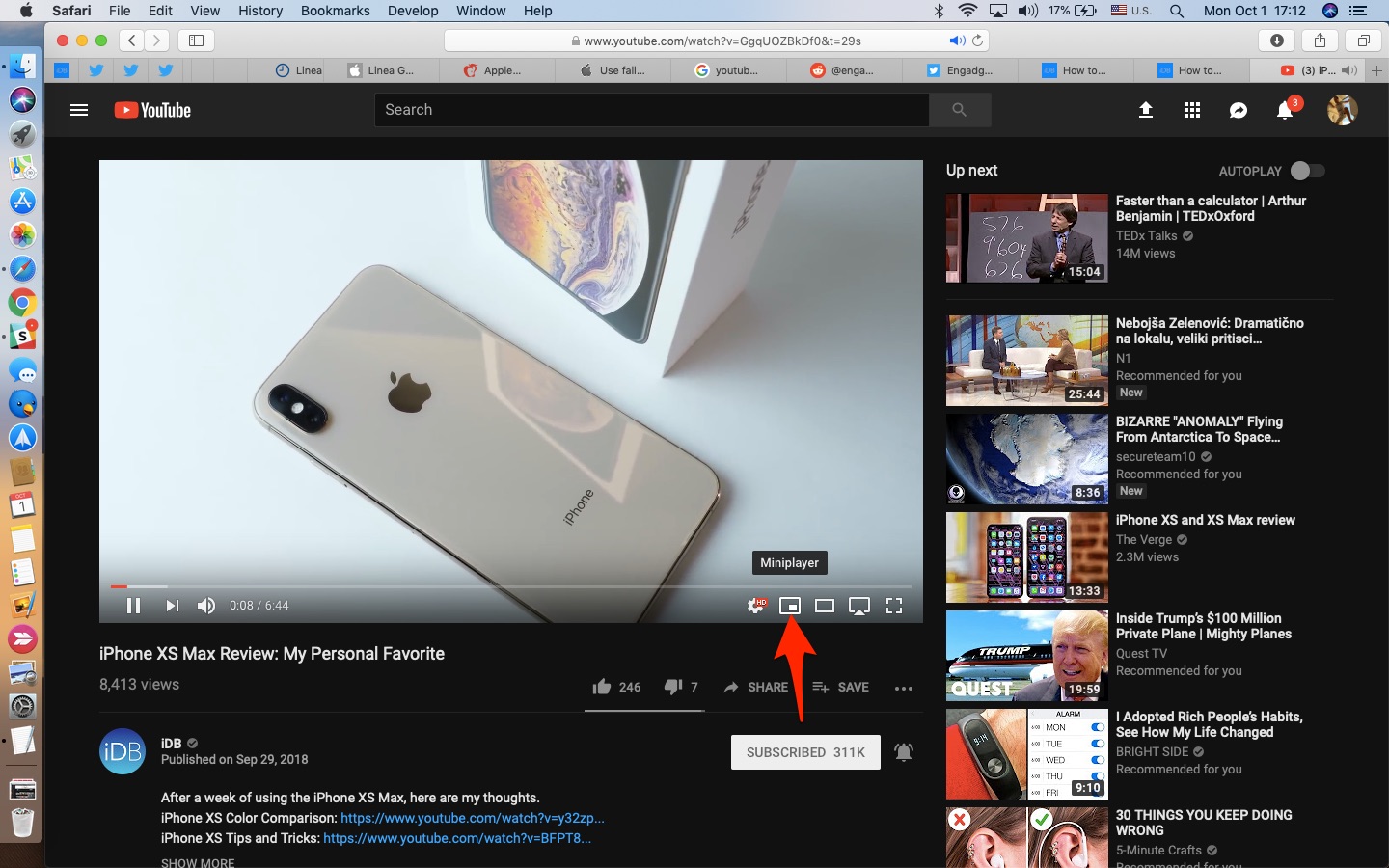

With ApolloOne, I have to rate images to delete as 1 star and then delete them at the end. In FRV I delete huge quantities of images: if I make a mistake, I just undo the delete. Undo does not bring deleted images back (they come back instantly in FRV). There's another peculiarity of ApolloOne for which I've found a workaround. Only when it encounters a RAW file that is not recognized, it'll fall back to use LibRaw. So you get richer color and contrast as a result of that. Despite the speed, there is a small penalty and is that it does all sorts of default filtering to make the images look nice. This engine uses the GPU and is much faster than LibRaw. The second part is the use of macOS RAW engine. When you scroll the filmstrip, and as soon as new thumbnails are exposed, ApolloOne will attempt to decode and cache the "exposed" RAW image file this improves the speed of random clicking of RAW images to nearly instant as long as you don't scroll very fast and then click immediately. This particular design only works in the photo viewing mode. I've done some cache tuning when dealing with RAW images. On the next version, the max cache size is increased from 16 to 32. At one second per image, rating throwing out images is a big slowdown for each burst. In FRV, these bursts can be dealt with at speed. There are routinely twelve to thirty shot bursts where only two or no frames should be kept.

For artistic or personal photography, ApolloOne's middling responsiveness is fine (1 second per image) but for sport photography it's just slow enough to be frustrating. More concerning is the responsiveness of the application. Of course when shooting RAW + JPEGs (which I used to do with Canon as there was almost no buffer penalty at 5fps with the 5DIII and 5DSR), FRV previews look great (they are Canon's excellent jpegs). Whatever Iliah is doing is slightly more accurate if an uninspiring way to browse one's images (even very good exposures look washed out and dark in FRV). If lead the browsing by ten or twenty clicks, ApolloOne drops me back in the contact sheet. I'm leading the browsing by two or three clicks. Leafing through a folder of 55 D850 images (I happen to have one handy) with the arrow key on ApolloOne and FRV as fast as I can yields the following result: I've actually applied a contrast filter to the RAW image, which explains why. This is not a big issue: I can test a few images to find out where the boundaries are with ApolloOne previews.

ApolloOne previews have more contrast and colour but when checking some at the edge of the exposure envelope, FRV's preview shows accurately shows reclaimable blues where the sky in the ApolloOne version almost looks blown out.
#APOLLOONE PLAY VIDEO IN SLIDESHOW PRO#
If you are saying FRV takes the whole RAW folder and caches it for quick display in some kind of slightly compressed jpeg, cycling some of it in and out of RAM (not all of thousands of photographs could be kept in RAM), then Iliah is doing that caching very well, as my Mac Pro doesn't seem to take a big hit at any point and browsing anywhere in the folder is very quick.ĪpolloOne previews are much more attractive than the very flat FRV ones. Increasing the number of cached images does not immediately or clearly improve performance. It doesn't really improve ApolloOne performance. Changing cache settings: I've already done that and enabled 16.


 0 kommentar(er)
0 kommentar(er)
